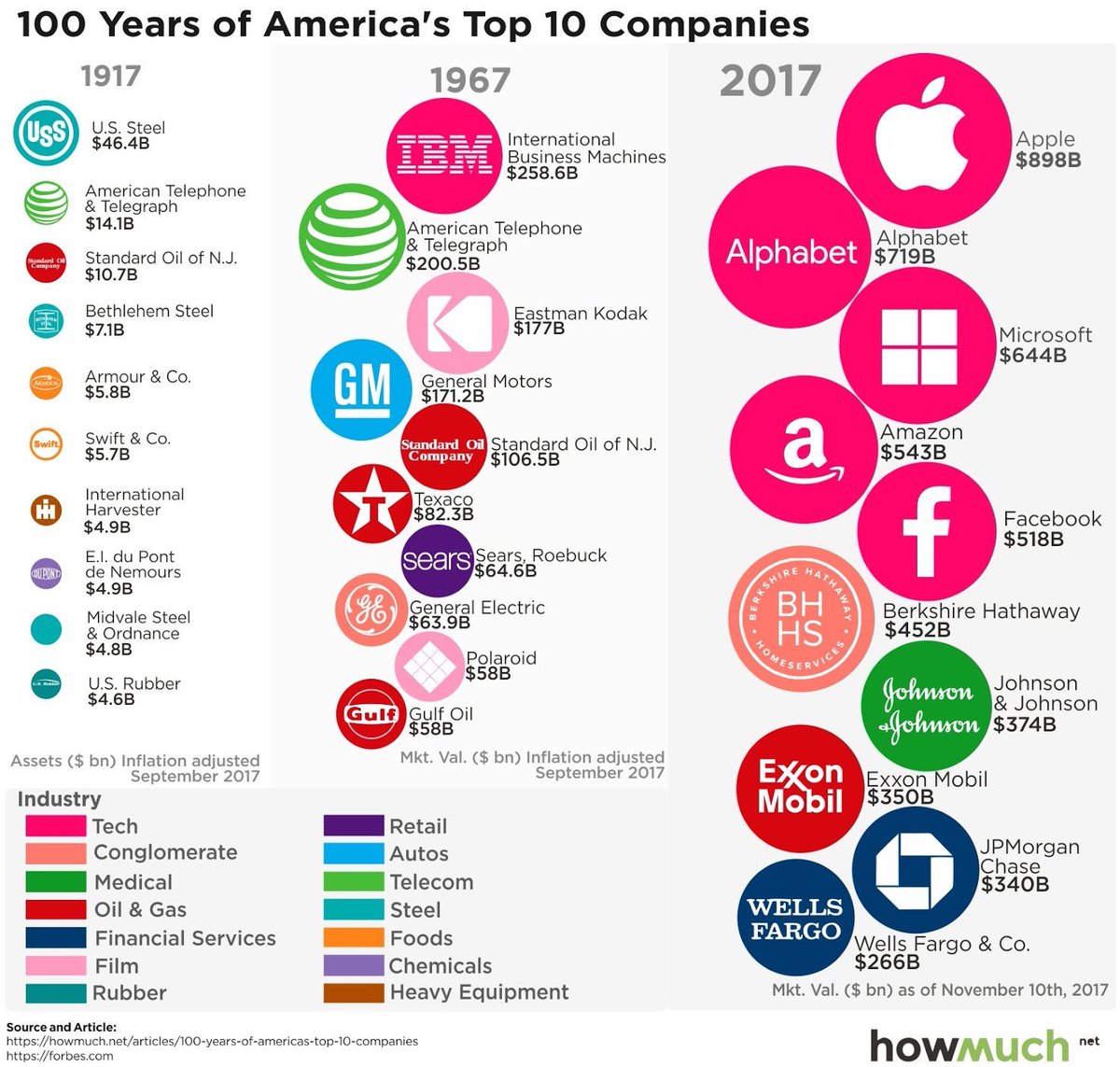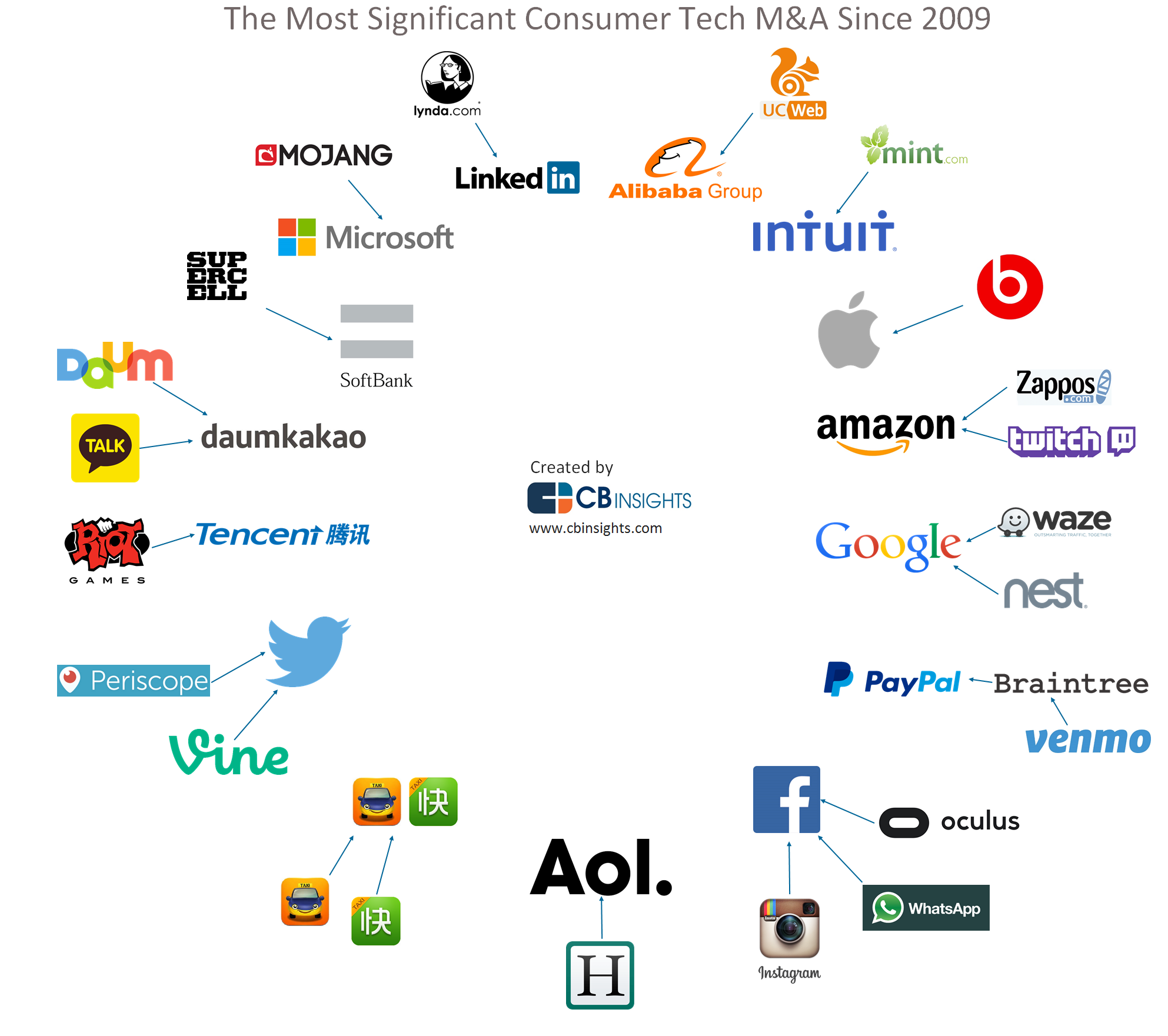China is rising and what we here at #Outsiders have noted in our periodic updates over our Twitter Channel underscores this. We chose the two stark images of China that underscores the transformation in China. What Peter Diamandis noted in a recent edition of his Abundance 360 notation to his subscribes was telling and we are pleased to feature it to underscore how the Tiger of the East continues to rise--and how we here at #Outsiders will continue to assess this here in our Visions Property:
Last week, Eric Schmidt, Chairman of Alphabet, predicted that China will “rapidly overtake the U.S. in artificial intelligence… in as little as five years."
Last month, China announced plans to open a $10 billion quantum computing research center in 2020.
Bottom line, China is aggressively investing in exponential technologies, pursuing a bold goal of becoming the global AI superpower by 2030.
Based on what I’ve observed from China’s entrepreneurial scene, I believe they have a real shot of hitting that goal.
As I described in a previous tech blog, I recently traveled to China with a group of my Abundance 360 members, where I was hosted by my friend Kai Fu Lee, the founder of Sinnovation Ventures.
On one of our first nights, Kai Fu invited us to a special dinner at DaDong Roast, which specializes in Pei King duck, where we shared an 18-course meal.
The meal was amazing, and Kai Fu’s dinner conversation provided us priceless insights on Chinese entrepreneurs.
Three topics opened my eyes. Here’s the wisdom I’d like to share with you.
1. The Entrepreneurial Culture in China
Chinese entrepreneurship has exploded onto the scene and changed significantly over the past 10 years.
IMHO, one significant way that Chinese entrepreneurs vary from their American counterparts is in work ethic. The mantra I found in the startups I visited in Beijing and Shanghai was “9-9-6” – meaning the employees only needed to work from 9 am to 9 pm, 6 days a week.
Another concept Kai-Fu shared over dinner was the almost ‘dictatorial’ leadership of the Founder/CEO. In China, it's not uncommon for the Founder/CEO to own the majority of the company, or at least 30 - 40 percent. It’s also the case that what the CEO says is gospel. Period, no debate. There is no minority or dissenting opinion. When the CEO says “March,” the company asks, “which way?”
When Kai Fu started Sinnovation (his $1B+ venture fund), there were few active angel investors. Today, China has a rich ecosystem of angel, venture capital and government-funded innovation parks.
As venture capital in China has evolved, so too has the mindset of the entrepreneur.
Kai Fu recalled an early investment he made in which, after an unfortunate streak, the entrepreneur came to him, almost in tears, apologizing for losing his money and promising he would earn it back for him in another way. Kai Fu comforted the entrepreneur and said there was no such need.
Only a few years later, the situation was vastly different. An entrepreneur who was going through a similar unfortunate streak came to Kai Fu and told him he only had $2 million left of his initial $12 million investment. He informed him he saw no value in returning the money, and instead was going to take the last $2 million and use it as a final push to see if the company could succeed. He then promised Kai Fu if he failed, he would remember what Kai Fu did for him, and as such, possibly give Sinnovation an opportunity to invest in him with his next company.
2. Chinese Companies Are No Longer Just “Copycats”
During dinner, Kai Fu lamented that 10 years ago, it would be fair to call Chinese companies copycats of American companies. Five years ago, the claim would be controversial. Today, however, Kai Fu is clear that claim is entirely false.
While smart Chinese startups will still look at what American companies are doing, and build on trends, today it’s now becoming a wise business practice for American tech giants to analyze Chinese companies. If you look at many new features of Facebook’s Messenger, it seems to very closely mirror TenCent’s WeChat.
Interestingly, tight government controls in China have actually spurred innovation. Take TV, for example, a highly regulated industry. Because of this regulation, most entertainment in China is consumed on the Internet or by phone. Game shows, reality shows, and more will be entirely centered online.
Kai Fu told us about one of his investments in a company that helps create Chinese singing sensations. They take girls in from a young age, school them and, regardless of talent, help build their presence and brand as singers. Once ready, these singers are pushed across all the available platforms, and superstars are born. The company recognizes their role in this superstar status, though, which is why it takes a 50 percent cut of all earnings.
This company is just one example of how Chinese entrepreneurs take advantage of China’s unique position, market and culture.
3. China’s Artificial Intelligence Play
Kai Fu wrapped up his talk with a brief introduction into the expansive AI industry in China. I previously discussed Face++, a Sinnovation investment, which is creating radically efficient facial recognition technology. Face++ is light years ahead of anyone else globally at recognition in live videos. However, Face++ is just one of the incredible advances in AI coming out of China.
Baidu, one of China’s most valuable tech companies, started out as just a search company. However, they now run one of the country’s leading self-driving car programs.
Baidu’s goal is to create a software suite atop existing hardware that will control all self-driving aspects of a vehicle, but also be able to provide additional services such as HD mapping and more.
Another interesting application came from another of Sinnovation’s investments, Smart Finance Group (SFG). Given most payments are mobile (through WeChat or Alipay), only ~20 percent of the population in China have a credit history. This makes it very difficult for individuals in China to acquire a loan.
SFG’s mobile application takes in user data (as much as the user allows), and based on the information provided, uses an AI agent to create a financial profile with the power to offer an instant loan. This loan can be deposited directly into their WeChat or Alipay account, and is typically approved in minutes. Unlike American loan companies, they avoid default and long-term debt by only providing a one-month loan with 10% interest. Borrow $200, and you pay back $220 by the following month.
Artificial intelligence is exploding in China, and Kai Fu believes it will touch every single industry.
The only constant is change, and the rate of change is constantly increasing.
In the next 10 years, we’ll see tremendous changes on the geopolitical front and the global entrepreneurial scene caused by technological empowerment.
China is an entrepreneurial hotbed that cannot be ignored.
As we go dark on all our properties for Thanksgiving, we wish all and your families the most joyous of thanksgivings....























